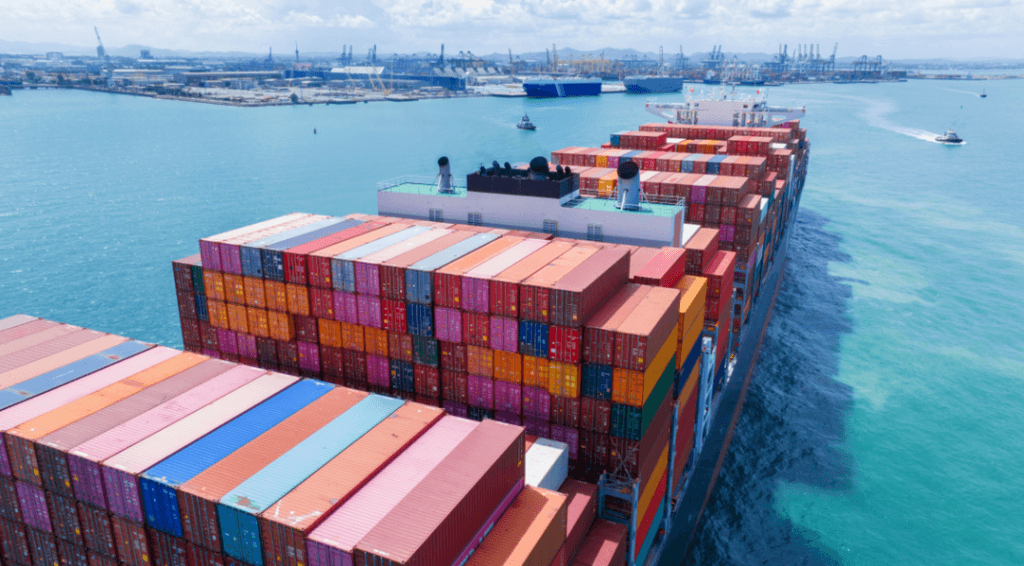
A légitársasági árak őrült emelkedésének okainak elemzése
Supply and demand imbalance: Fluctuations in shipping prices are closely related to the global economic situation, and with the global economic recovery and trade growth, shipping demand continues to grow. However, due to long ship construction cycles, high input costs, and increasingly stringent environmental regulations, there is a greater demand for shipping than supply, in this supply-demand imbalance situation, resulting in rising shipping prices. As of May 2024, the capacity supply of the world’s major shipping companies can only meet about 80% of shipping demand, and the gap between supply and demand has led to rising shipping prices. For example, the United States, South America, the Red Sea and other directions of shipping demand is still strong. In particular, the Red Sea route, due to geopolitical factors, global shipping companies have to detour South Africa’s Cape of Good Hope, increasing the route distance and sailing time, further pushing up shipping costs.
Supply chain strains: Global supply chains suffered severe disruptions during the mask period, and while countries worked to recover, supply chain vulnerabilities remained. Port congestion, labor shortages, warehouse capacity constraints and other factors have reduced the efficiency of cargo transportation and increased transportation costs. This increase in costs will eventually be reflected in shipping prices. For example, in the first quarter of 2024, container throughput at major ports worldwide increased by about 5% year-on-year, but average transit times increased by about 20% due to port congestion and labor shortages.

Container shortage: The Red Sea crisis has led to the detour of most ships, which in addition to the extension of shipping schedules, has also led to the disruption of the entire supply chain system. In a certain period of time led to a lack of ships, lack of boxes, lack of supply! Recently, there has been a serious shortage of containers in many ports, and the cargo picking situation is very serious (small heavy containers will affect the balance weight of the whole ship, so it is rejected by the shipping company), even if the customer accepts the high freight, they will not give the boxes and shipping space!
Cost drive: The main costs in the shipping industry include fuel, ship maintenance, labor, etc. When these costs rise, in order to maintain profit levels, shipping companies will raise shipping prices. Especially when the fluctuations of international oil prices will directly affect the cost of shipping. When oil prices rise, shipping companies typically raise freight rates to offset cost increases, and in the first quarter of 2024, global shipping companies’ operating costs increased by about 10% year-over-year, with ship maintenance and labor costs accounting for a large portion. But for now, fuel prices are levelling off and are less likely to be affected by this factor.













